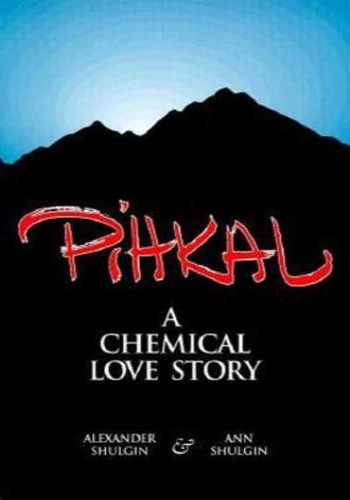Alexander (better known as "Sasha") and Ann Shulgin's foundational work in the genre was the first book to fully impart the how-to chemistry, and convey the effects, of many of the entheogenic drugs that are currently being studied and used to heal trauma and deal with death. An acronym for "Phenethylamines I Have Known and Loved", the book spans autobiography, organic chemistry, politics, ethnobotany, and psychopharmacology, and the cultural impact is likely to be profound for decades to come, as it has already. PiHKAL is divided into two parts, the first of which is a fictionalized autobiographical 'novel' - the main fiction is that it is fiction. This first half of the book is The Love Story, about two people named Shura and Alice who fall in love, though one of them is already in love with someone else. This love triangle is a painful ordeal they must go through, and that process unfolds before the reader with grace and great insight into human nature. Shura is a brilliant chemist who has dedicated his career to making psychoactive drugs, in the story they go through many experiences with the psychedelic compounds that Shura has discovered and has made in his lab, all of which have been bioassayed himself. The reader will find themselves going on this journey with them, experiencing what they experienced, both in their hearts and in the psychedelic journeys they have. The second half of PiHKAL is called The Chemical Story, and it contains detailed instructions for, and effects of, the synthesis of 179 psychedelic phenethylamines, which were mostly discovered by Shulgin himself. For each substance there is information on its synthesis, suggested effective dosage, duration, and detailed commentary on the subjective effects that were experienced. This book appeals to adults of all ages and cultures, and to the psychedelically experienced and inexperienced alike. |







